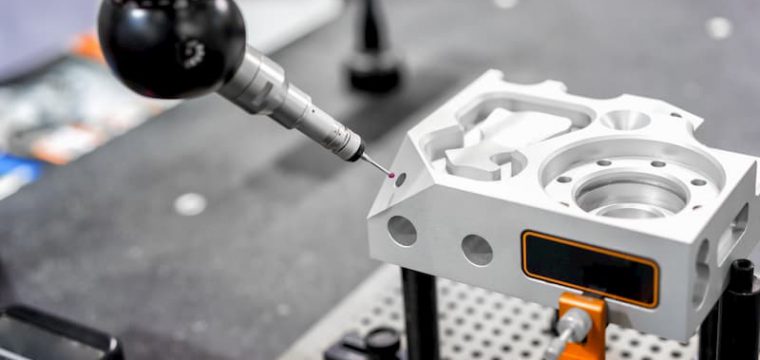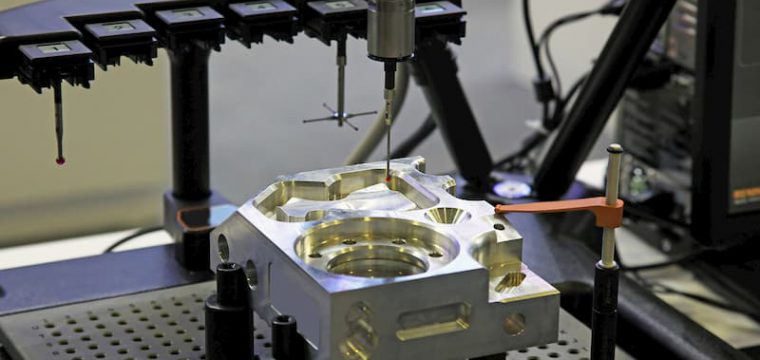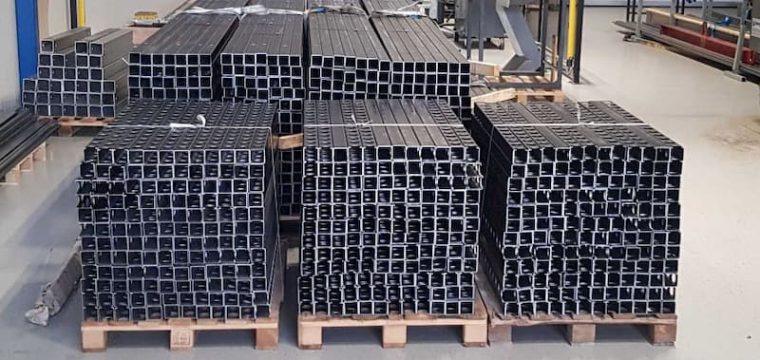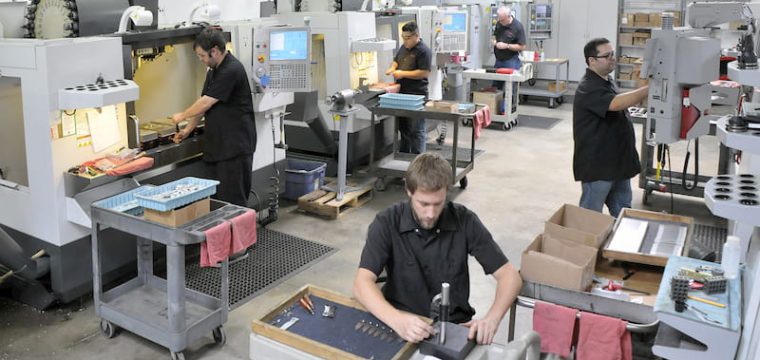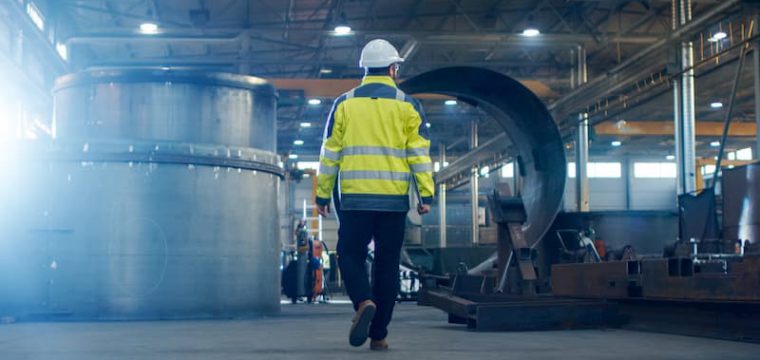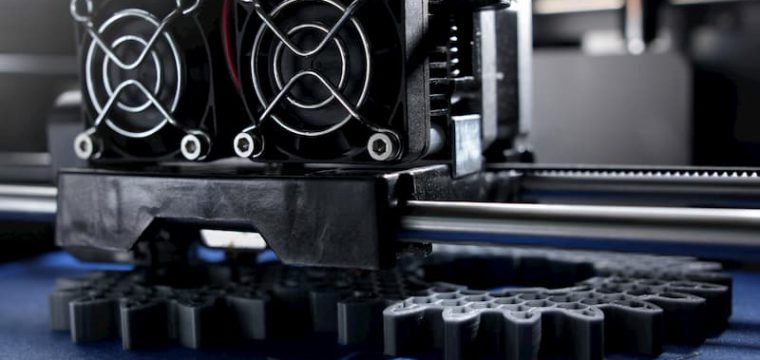Engineering Blog
Categories
- Tolerances
- CAD-CAM
- Machine Components
- Product Updates
- Project Management
- Learn from Engineers
- Fabrication Methods
- Engineering Materials
- Product design
- Company News
- Welding
- Procurement
- Casting
- Supply Chain
Posts
-

True Position (GD&T)
09. December 2020We know that manufactured products can never match their theoretical drawings perfectly. The actual size varies from the intended design. The goal of GD&T is to hold this variation within […]
-

Geometric Dimensioning & Tolerancing (GD&T)
26. November 2020Engineers use CAD software to design all the necessary parts and components for the project. In the digital realm, it is easy to attain perfection. In real life, manufacturing is […]
-

Guide to CNC Machining Tolerances
10. November 2020Computer Numerical Control (popularly known as CNC) machining refers to the use of computer programming and electromechanical devices to automate metal parts (and nonmetals) machining as needed. A CNC machine […]
-

Topology Optimisation
03. November 2020In recent years, many computer-aided methods have been developed to find the most optimum design for a problem. These intelligent techniques have allowed engineers to create designs that were beyond […]
-

Case Study: Meet Our Manufacturing Partner
29. October 2020Have you ever wondered who actually does the manufacturing when you order parts from us? Probably so. This is why we contacted one of the 75+ manufacturers taking care of […]
-

Serial Production with Fractory
26. October 2020Serial production is one of the most common types of mass production, whereby similar or identical parts are produced in batches. After the batch is done, the next one may […]
-

CNC Machine Shop
22. October 2020Want to know how to identify a good machine shop? We have some pointers regarding the must-haves for any service provider and how to recognise a service for ordering machined […]
-

Generative Design – the Future of Engineering?
15. October 2020The image above depicts a drone frame created using generative design. This helps to reduce the weight of the structure by minimising material use while conforming to the engineering inputs. […]
-

Working in Manufacturing Rising in Popularity
13. October 2020Recently, working in the manufacturing sector has become more popular. You might think that working in the manufacturing industry is not an option for young people on the brink of […]
-

Upload Your CNC Models for Quoting
07. October 2020We are always striving for a better user experience with more automation. So we have changed a few things for the better. CNC Machining You can now upload STP files […]
-

Why & When to Adopt Concurrent Engineering?
01. October 2020The manufacturing and engineering landscape can be pretty competitive. New methods from lean manufacturing to various product design principles are created to gain a slight edge over competitors. Concurrent engineering […]
-

What Is Rapid Prototyping?
24. September 2020Prototyping is an essential part of the product development process. Traditionally, it has meant long lead times and high costs or creating makeshift parts on the spot with little accuracy […]


